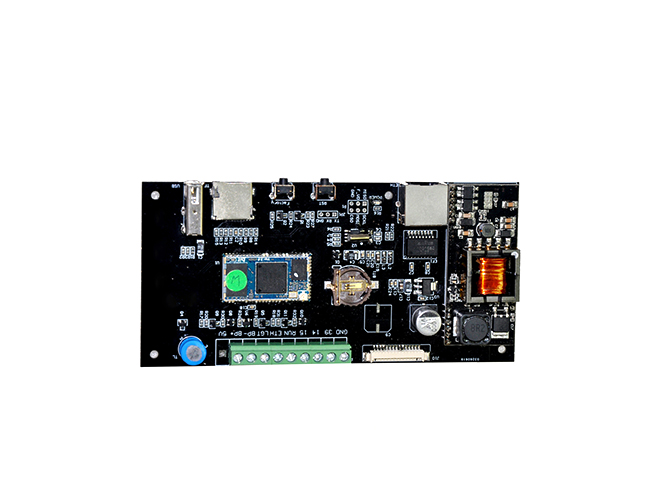-
CN
-
Service Hotline
+8618129931046 Mr. Liao


Time:2025-05-09 Views:1

Detecting PCB boards requires a variety of specialized instruments, each with its own unique capabilities and applications.
One of the most basic instruments is the multimeter. A multimeter can measure voltage, current, and resistance. It is used to check the basic electrical properties of a PCB, such as whether a circuit is open or short - circuited. For example, when testing a simple power supply circuit on a PCB, a multimeter can be used to measure the output voltage and ensure it is within the expected range.
An oscilloscope is another important instrument. It can display the voltage waveform over time, allowing engineers to analyze the signal characteristics. In high - speed digital circuits, an oscilloscope can be used to check for signal integrity issues, such as signal distortion, ringing, and crosstalk. For example, when testing a high - speed data transmission line on a PCB, an oscilloscope can help identify problems that may affect the data transfer rate and accuracy.
X - ray inspection machines are used to detect hidden defects inside the PCB. They can reveal issues such as solder joint defects, component placement errors, and internal short circuits that are not visible from the surface. X - ray inspection is particularly useful for PCBs with multiple layers or components that are difficult to access.
Automated optical inspection (AOI) systems use cameras and image - processing algorithms to detect surface defects on the PCB. They can quickly identify issues such as missing components, misaligned components, and solder bridging. AOI systems are highly efficient and can be integrated into the production line for real - time inspection.
In addition, flying probe testers are used for testing PCBs without the need for a dedicated test fixture. They use movable probes to make electrical contact with the test points on the PCB, providing a flexible and cost - effective testing solution, especially for small - batch production.